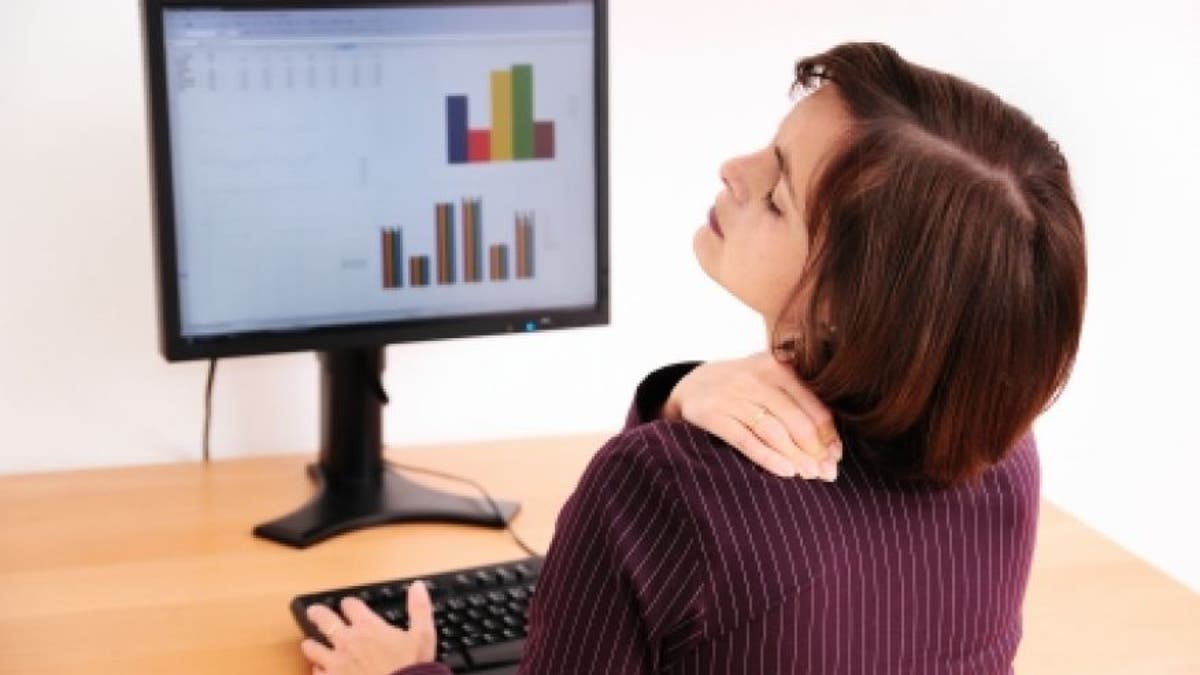
We live in a sedentary culture, where most of us spend ample time each day sitting in front of a computer screen at work. Numerous studies in the past decade have shown us this is less than ideal, and too much time kicking back can lead to disability in later life, double the risk of developing diabetes and shorter lifespan.
This has given rise to the standing desk, where users can raise and lower their computers with a simple button, which has seen a 50 percent sales jump in one year’s time. However, experts say they think people are getting the wrong message about what’s actually going to improve health.
“Standing all day isn’t the answer,” says Alan Hedge, design and ergonomics professor at Cornell. “That’s where we were 100 years ago, and we needed to develop chairs to prevent curvature of the spine, backaches, and varicose veins.”
And while you may have heard that standing helps you burn more calories, it’s not as many as you think. Sitting burns roughly 1 MET energy, where standing burns 1.3 MET. (As a comparison, taking a jog will burn around 7 MET.) “The calorie burn difference between standing and sitting is so small, it probably won’t make much difference in terms of weight loss,” says Dr. I-Min Lee, an associate epidemiologist at Brigham and Women’s Hospital, who also studies sedentary behavior risk.
So it makes sense why treadmill desks are such a thing now, but let’s face it: many of us would be pretty inefficient on the job if we were also using a treadmill desk. (There is no way I could both write stories and walk at the same time all day...) So, right now, experts say the major fix for your health is this: movement during the day. Hedge says you should not sit at your desk for more than 20 minutes without taking a break, or stand for more than eight minutes, making sure to take two two-minute breaks per hour. Stretch. Walk around a bit. Get some coffee. Pace through a phone call. Just move!
